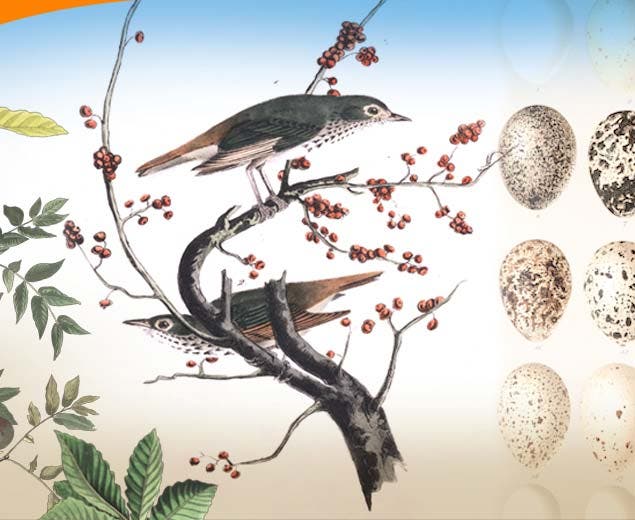The Collectors
Oölogists & Nidologists
Collecting bird skins and especially eggs became a popular hobby in the late-19th century. Comprised mostly of men and boys, these collectors amassed, bought, sold, and traded eggs like other collectibles. Egg collectors were commonly referred to as oölogists, a person who studies eggs. Those who had a broader interest that included nests were known as nidologists.

